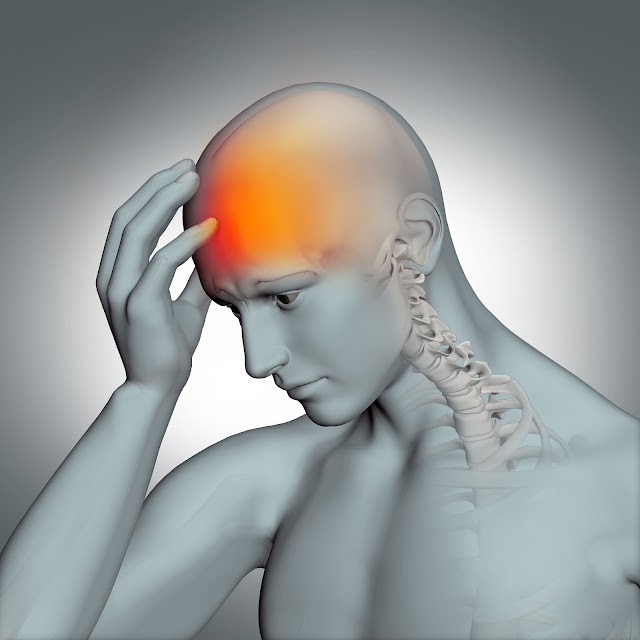what are the 5 warning signs of a stroke
Signs and Symptoms of Stroke: Acting Fast Can Save Lives
Introduction
At our esteemed organization, we are dedicated to providing valuable information to help raise awareness about stroke, its signs, and symptoms. This comprehensive article aims to equip you with a deep understanding of stroke and enable you to recognize the warning signs promptly. It is our mission to ensure that you have the knowledge needed to take immediate action, potentially saving lives.
Understanding Stroke
A stroke is a serious medical condition that occurs when the blood supply to the brain is disrupted, leading to the deprivation of oxygen and nutrients. This disruption can happen either due to a blockage in a blood vessel (ischemic stroke) or the rupture of a blood vessel (hemorrhagic stroke). Prompt recognition and treatment are crucial, as every minute counts in minimizing potential brain damage and long-term disabilities.
Recognizing the Signs and Symptoms
1. Sudden Weakness or Numbness
One of the most common signs of a stroke is sudden weakness or numbness, typically affecting one side of the body. This may manifest as a drooping face, weakness in the arm, or difficulty in moving a leg. If you or someone around you experiences sudden weakness or numbness, it is vital to take immediate action.
2. Severe Headache with No Known Cause
A sudden and severe headache, especially when it occurs without a known cause, should not be ignored. It could be a sign of a stroke, particularly if it is accompanied by other symptoms such as dizziness, confusion, or difficulty speaking. Any unexplained and intense headache warrants immediate attention.
3. Trouble Speaking or Understanding
During a stroke, the ability to speak clearly and comprehend language may be impaired. If you notice slurred speech, difficulty finding words, or a sudden inability to understand others, it could be an indication of a stroke. Acting swiftly is essential, as prompt medical intervention can potentially reverse or minimize damage.
4. Sudden Vision Problems
Vision problems that arise suddenly, such as blurred or double vision, partial loss of vision, or difficulty focusing, should raise concern. These visual disturbances may occur in only one eye or affect both eyes. If you experience any sudden changes in your vision, it is crucial to seek immediate medical assistance.
5. Loss of Balance or Coordination
A stroke can disrupt the body's coordination and balance, making it challenging to walk, stand, or maintain stability. If you or someone else suddenly experiences difficulty with balance, unexplained dizziness, or a lack of coordination, it could be a sign of a stroke. Taking immediate action is crucial to prevent potential falls and injuries.
Acting Fast: Call 9-1-1 Immediately
Time is of the essence when dealing with a stroke. It is imperative to call emergency services, such as 9-1-1, as soon as you recognize any signs or symptoms outlined above. Early intervention can significantly improve the chances of a positive outcome and minimize the potential long-term impact of a stroke.
Seeking Immediate Medical Attention
Remember, never attempt to diagnose a stroke on your own or wait for the symptoms to subside. Stroke is a medical emergency, and every second counts. After calling for emergency assistance, it is essential to seek immediate medical attention at the nearest hospital equipped to handle stroke cases.
Prevention and Risk Factors
While it is crucial to recognize the signs and act quickly, preventing strokes altogether is the best approach. Here are some key measures you can take to reduce the risk of stroke:
Healthy Lifestyle: Maintaining a balanced diet, engaging in regular physical activity, and managing stress levels can significantly contribute to overall well-being and reduce the risk of stroke.
Controlling Blood Pressure: High blood pressure is a significant risk factor for strokes. Regular monitoring, adherence to prescribed medications, and lifestyle modifications can help control blood pressure levels effectively.
Managing Diabetes: People with diabetes are at an increased risk of stroke. It is vital to manage blood sugar levels through proper medication, a healthy diet, and regular check-ups.
Quitting Smoking: Smoking damages blood vessels and increases the risk of strokes. Quitting smoking not only reduces the likelihood of stroke but also improves overall health.
Limiting Alcohol Consumption: Excessive alcohol intake can contribute to high blood pressure and raise the risk of stroke. It is advisable to consume alcohol in moderation or abstain altogether.
Conclusion
In conclusion, stroke is a severe medical condition that requires immediate attention. Recognizing the signs and symptoms promptly can make a significant difference in the outcome of a stroke. We urge you to familiarize yourself with the warning signs discussed in this article and share this information with your loved ones. By acting fast and seeking appropriate medical care, you can potentially save lives and prevent long-term disabilities associated with strokes.
Remember, stroke is a medical emergency, and time is of the essence. If you or someone around you experiences any signs of a stroke, such as sudden weakness, speech difficulties, vision problems, or severe headaches, do not hesitate to call 9-1-1 immediately. By acting swiftly, you play a vital role in combating strokes and ensuring a healthier future for everyone.
Disclaimer: The information provided in this article is for educational purposes only and should not substitute professional medical advice. Consult a healthcare professional for personalized guidance and treatment options.


